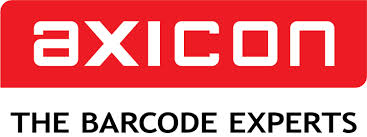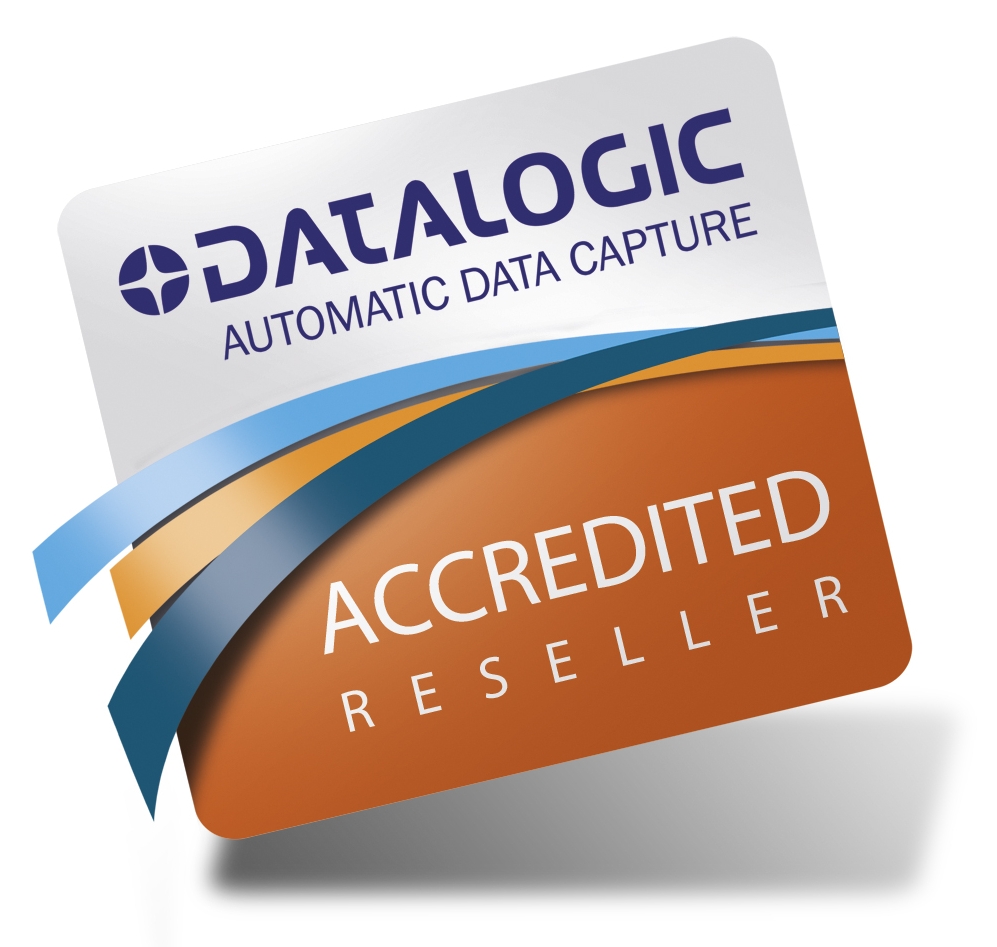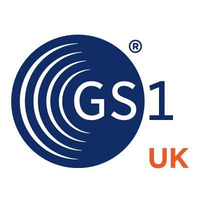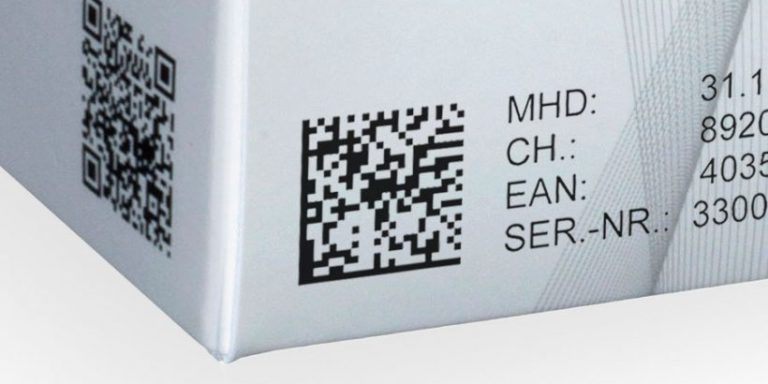
Whether at the supermarket checkout, in production or in warehouse distribution centres: barcodes are used in trade as well as in industry and logistics in order to be able to record and process data electronically. Automatic identification is not only faster than manual identification, but is also much less prone to errors.
There are different types of barcodes. They can be divided into one-dimensional barcodes and two-dimensional barcodes . One-dimensional codes such as the classical EAN code consist of different widths, parallel lines and gaps.
However, a data matrix code is one of the 2D barcodes that encode data in the form of an area across two directions. It consists of black and white boxes in a square or rectangular arrangement. But what advantages does it bring? And is the data matrix code in principle “better” than a simple barcode? We’ll explain it more closely.
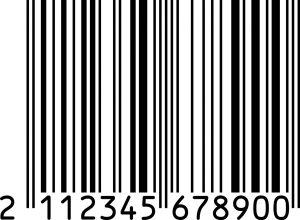
Advantages of Datamatrix codes
- Use less space due to higher data density
- A lower resolution is sufficient for the scan readability
- Can be read in any position (0-360 °)
- Greater fault tolerance of up to 30%
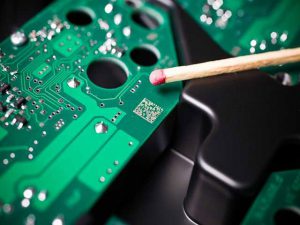 Since the data matrix code can encode a large amount of information, it takes up less space. Thus, it may not only save on consumables such as labels or ink, but may also be suitable for very small products or round surfaces where other bar codes are reaching their size limits. In some cases, Datamatrix codes are so small and discreet that they are barely noticed by consumers. In principle, the size is almost only limited by the printer used.
Since the data matrix code can encode a large amount of information, it takes up less space. Thus, it may not only save on consumables such as labels or ink, but may also be suitable for very small products or round surfaces where other bar codes are reaching their size limits. In some cases, Datamatrix codes are so small and discreet that they are barely noticed by consumers. In principle, the size is almost only limited by the printer used.
Even with the required barcode density, they are less complicated: While barcodes require a high resolution of at least 80% for the scanner, with Datamatrix codes even a contrast of only 20% can be sufficient. This also results in increased options when using colors or color combinations, which are otherwise common sources of error in bar codes .
Ideally, data matrix codes are read using a vision system. The code is read in both directions as soon as it is captured by the camera lens – the orientation does not matter, ie it can be read in either direction. When printing conventional barcodes, on the other hand, the question arises as to the orientation of the barcode: fence or ladder ?
Datamatrix codes also provide an internal error detection process. The powerful algorithms allow automatic error correction , even if up to 30% of the code area is destroyed.
Possible disadvantages of the data matrix code
Data matrix codes can not be read with conventional one dimensional bar code scanners that capture only linear lines. Instead, special camera scanners are used. They may be more expensive in some applications. This has to be taken into consideration. But such a vision system can also read conventional 1D barcodes, so that may be a pull factor for the purchase of this newer technology.



